I implemented a recursive path finding algorithm. This recursive algorithm works based on a pre-set of nodes connected together. Each node has four pointers containing further direction: Top, Button, Left and Right. The recursive algorithm simply walks through each node and looking for each of these four directions one by one toward reaching its final destination; an illustration, consider the following 7 nodes: A, B, C, D, E, F, G, H.
A (Button->D, Right->B)
B (Right->C, Left->B)
C (Left->B)
D (Button->G, Right->E, Top->A)
E (Right->F, Left->D)
F (Left->E)
G (Right->H, Top->D)
H (Left->G)
These nodes when comes to an overall view will display the following figure.
A—B—C
|
D—E—F
|
G—H
In this example, suppose the walker started node is Node A and wants to go to Node H as its final destination. Node A looks at its own Right, Button, Left and Top by order; its right pointed to Node B as a result he chooses to go to Node B; Node B in same pattern chooses to go to its right, Node C. When the walker reaches node C; as its Right, Top and Button is blocked, Node C reverts back to Node B. As well node B reverts back Node A. The walker comes back to the start point again. Then Node A goes to its button node base on the order; which means it goes to Node D. Node D goes to its right Node E and then Node F. As Node F is blocked; it goes back to Node E and Node D. Afterwards, Node D chooses to go its button, Node G according to walker order. From there Node G goes to Node H. Finally, the walker reaches its final destination.
Pseudocode: Recursive Path Finding Algorithm
ArrayList findPath(GameObject currentPoint , GameObject targetPoint , ArrayList InputArrayList)
{
1-Duplicate InputArrayList as tempArrayList
2-If the currentPoint equals to target Point return inputArrayList
//*** End Condition found target
3-If the Right side of the currentPoint is empty goto step 4
3.1- Add currentPoint to tempArrayList
//*** Call Right
3.2- tempArrayList = findPath(currentpoint.Right, targetPoint, tempArrayList);
3.3- If tempArrayList is not null return tempArrayList
4-If the Button side of the currentPoint is empty goto step 5
4.1- Add currentPoint to tempArrayList
//*** Call Button
4.2- tempArrayList = findPath(currentpoint.Button, targetPoint, tempArrayList);
4.3- If tempArrayList is not null return tempArrayList
5-If the Left side of the currentPoint is empty goto step 6
5.1- Add currentPoint to tempArrayList
//*** Call Left
5.2- tempArrayList = findPath(currentpoint.Left, targetPoint, tempArrayList);
5.3- If tempArrayList is not null return tempArrayList
6-If the Top side of the currentPoint is empty goto step 7
6.1- Add currentPoint to tempArrayList
//*** Call Top
6.2- tempArrayList = findPath(currentpoint.Top, targetPoint, tempArrayList);
6.3- If tempArrayList is not null return tempArrayList
7-Return null;
//*** End Condition does not found target
}
Note: The actual code is in C#, You can download it from this link.
Rise of problem in the case study: As you understand this code; it has a weakness, to illustrate it; considering the following overall view of nodes, with the assumption that the start node is Node A and the final destination is Node H.
A—B—C
|
D—E—F—I
| | |
G—H—J—K
Though the best path solution is (A, D, G, H), The explained recursive path finding algorithm finds (A, D, E, F, I, K, J, H) as its solution; this really seems the Robot is a stupid robot :D !
Figure 1: The recursive path finding algorithm

Figure 2: The recursive path finding algorithm with the ability to learn

I resolved the problem by adding the learning ability for the nodes. You could see from this link the details of issue. But, I would wonder if anybody could revise the recursive algorithm to found the shortest path.
Thank you,